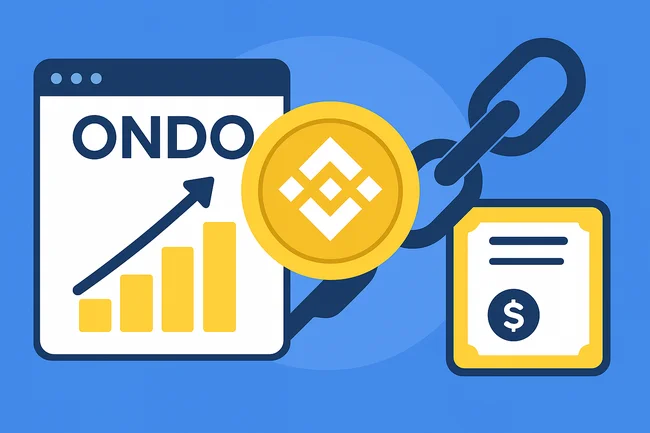Token distribution refers to how cryptocurrency tokens are allocated among various stakeholders. This includes developers, investors, advisors, and the community. The distribution can significantly influence a token’s value and its overall ecosystem.Typically, tokens are distributed through initial coin offerings (ICOs), airdrops, or staking mechanisms. In an ICO, investors purchase tokens before the project launches, while airdrops involve giving away tokens for free to raise awareness or reward users. Staking allows holders to earn additional tokens by participating in network activities.The distribution strategy can impact market dynamics. A concentrated distribution, where a small number of holders possess most tokens, can lead to volatility and manipulation. On the other hand, a more diverse distribution promotes a healthier market and community engagement.Understanding the distribution structure is crucial for evaluating a project’s long-term viability and investment potential. Transparency in the distribution process helps build trust and encourages broader participation, ultimately contributing to the project’s success.

Ondo Global Markets Expands Tokenized Stock Platform to BNB Chain
Ondo Global Markets, a tokenized stock and exchange-traded fund (ETF) platform, has expanded its operations to BNB Chain, one of



